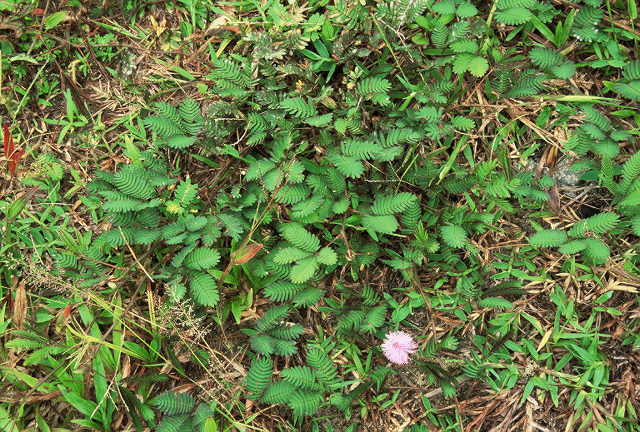
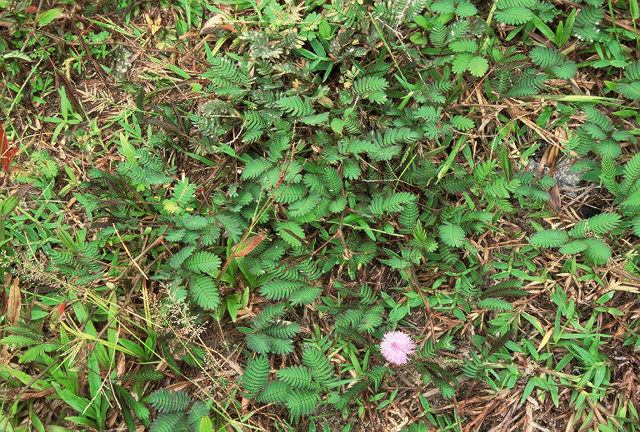
This is a unique and probably annoying plant. You will have to look closely but I took the first image. Then I touched a couple parts of the plant and took the second image. Some of the leaves closed up and moved down when I touched them.
It is likely that this is Mimosa pudica. Unfortunately, it is a weed in Malaysia and throughout the tropics (but admittedly I didn't know that when I was toying with it.)

This is a hut built by the Orang Asli. They move from place to place so this was in a village that was at least temporarily abandoned.
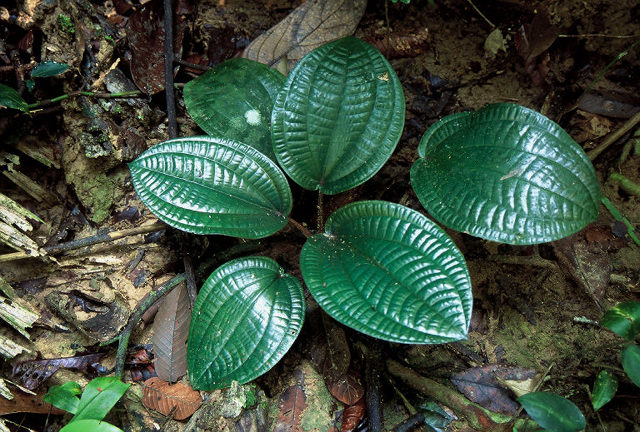
This shiny plant certainly looks like something you could buy at your local grocery store. They were reasonably common at Taman Negara. If anyone knows what it is, let me know.
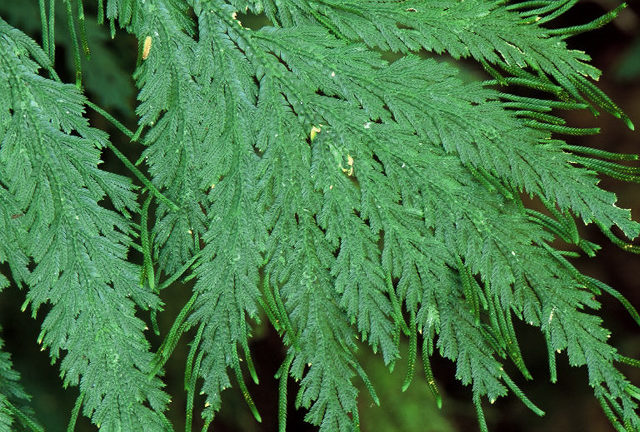
I don't know what this is either but it was quite interesting.
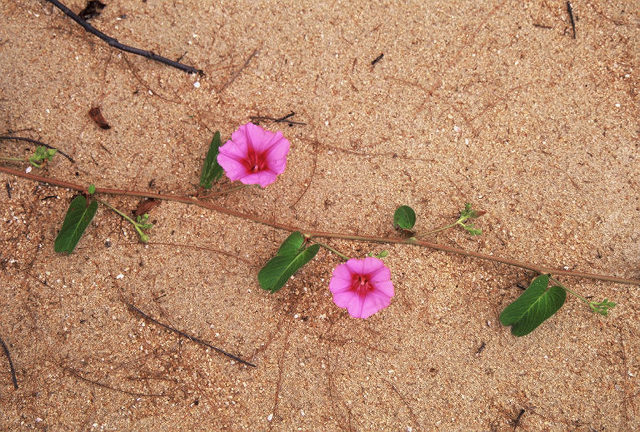
I have now left Taman Negara and am on the eastern coast of the Malaysian peninsula in a small town called Cherating. On the beach there (and on every other beach I was at) these morning glories grew everywhere. This was a detail image with just two flowers but there were thousands there.

This flower was taken (in a slight misting rain) in Cherating. It might be a passionflower. If you agree/disagree, let me know.

This flower was also taken (in a slight misting rain) in Cherating. This may be in the rose family. If you agree/disagree, let me know.
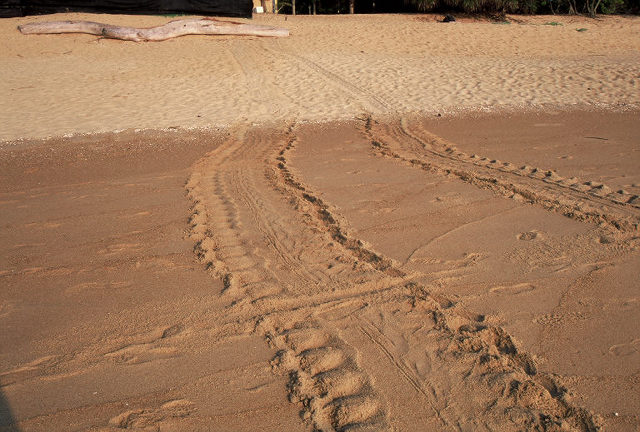
No this isn't the track of some annoying mechanical beast. This is the path of a green turtle heading first onto land to lay its eggs and then heading back to the water. They do this at night so I took this photo the next morning. For a weekend, I volunteered at the MaDaerah Turtle Sanctuary on the eastern coast of the Malaysian peninsula.
What I didn't know was that they collected the turtle eggs as they were being layed. Apparently the turtles don't mind. We then buried the turtle eggs in a small enclosure protected from monitor lizards, pythons, etc. so they could hatch safely.
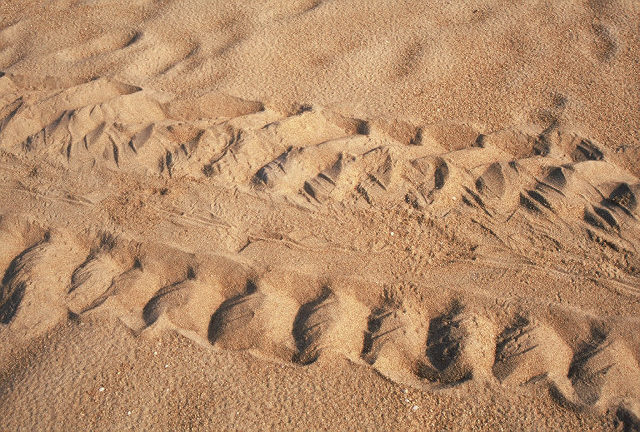
This is a detail photo of one of the turtle tracks.
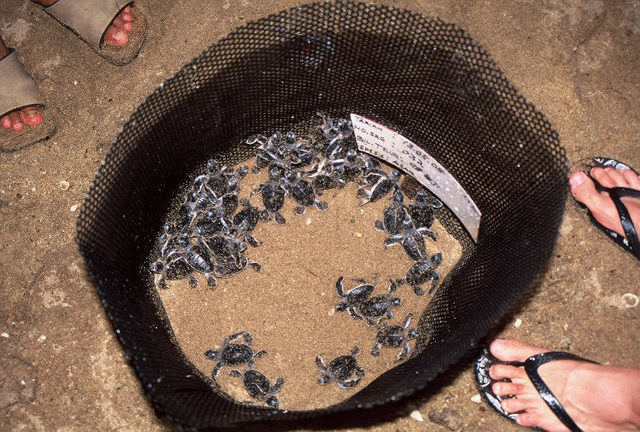
The turtles take about seven weeks to hatch. The area above where they were buried is surrounded by the mesh so they can't actually get away. There were about 42 hatchlings here that appeared in a span of 15-20 minutes. It is pretty impressive that they can dig through about two feet of sand to get to the surface. Later that night we released all these right next to the water so they didn't have to walk and be susceptible to predators.
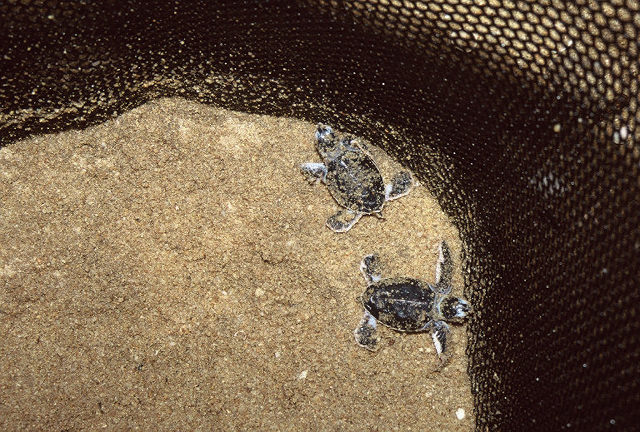
Here is another photo of a couple hatchlings. If you get the chance, the sanctuary is definitely worth visiting. The sight of a green turtle (whose shell is like a meter long) coming out of the water is something you won't forget. If you are wondering why I don't have a photo of a mother turtle here, we were not permitted (understandably) to use a flash.
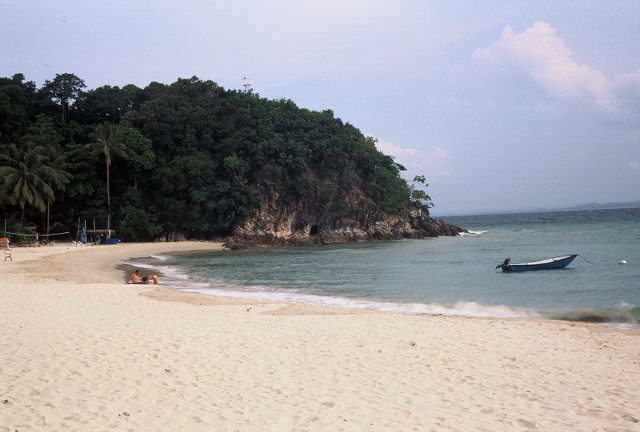
This is the beach on Pulau Kapas (an island about six km off the coast). I did some kayaking and snorkeling there (although there were lots of jellyfish to avoid).

This is a small crab. He is in the rocky area where the beach ends in the previous photo.

Is this a piece of coral? I am not really sure.
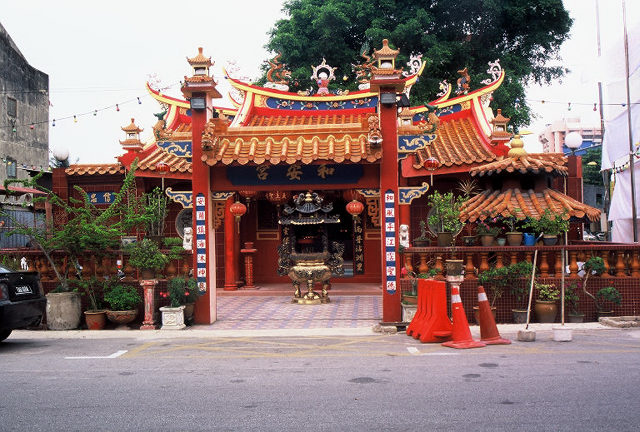
I am now in the town of Kuala Terengganu on the eastern coast. You may note that there are a lot of Kuala's in Malaysia. It means confluence and there are many towns at confluences. It has a small "Chinatown" and this is the Ho Ann Kiong temple which was built in 1801.
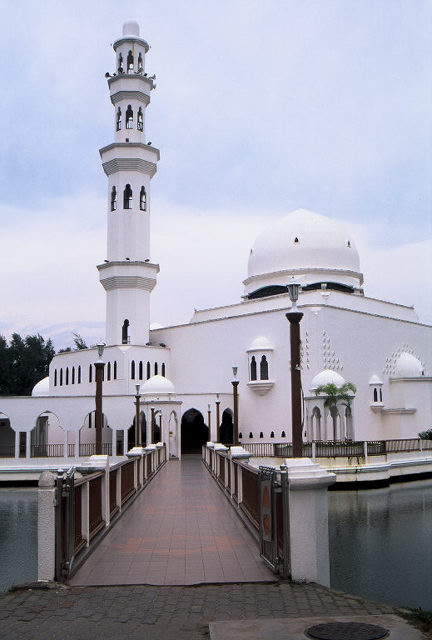
This is the islamic mosque commonly referred to as the Floating Mosque (Masjid Tengku Tengah Zaharah). It is about 4.5km from Kuala Terengganu.
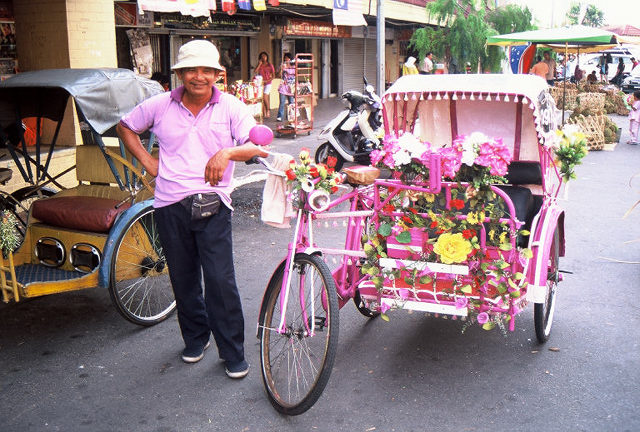
Trishaws (bicycle rickshaws) are used frequently here. They also tended to decorate them nicely. This man was kind enough to pose with his.
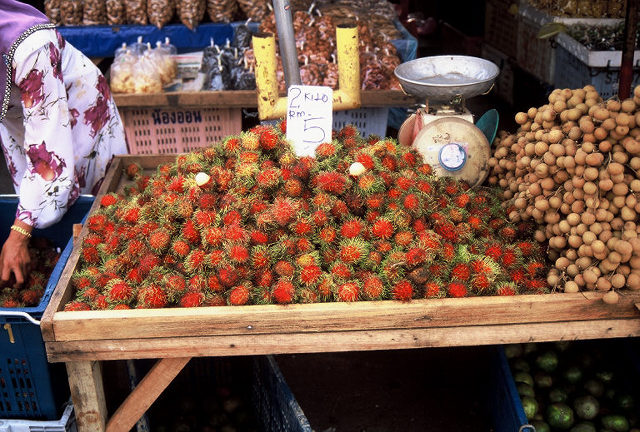
This is a pile of the fruit rambutan for sale at the central market (Pasar Payang) in Kuala Terengganu. The prices there say that you can get 4.4 pounds for about $1.50. I actually saw some of these for sale in Tucson after I got back. I assume they were from Mexico and believe me they didn't look particularly tasty. (This is my plug to buy local food....)

The clothes the women wear are amazing. This is a typical sarung. In the markets you could find these with every imaginable color and pattern.

These are durian for sale at Pasar Payang. This is a particularly smelly fruit but they sell a lot of it. Some of the hotels have signs saying "durian free zone". I didn't see any of them but there are plantations in other parts of Malaysia.
Back to Malaysia - Part 1,
Back to Drew's Home Page, Photo Page
August 22, 2008 - ( milsom@physics.arizona.edu)